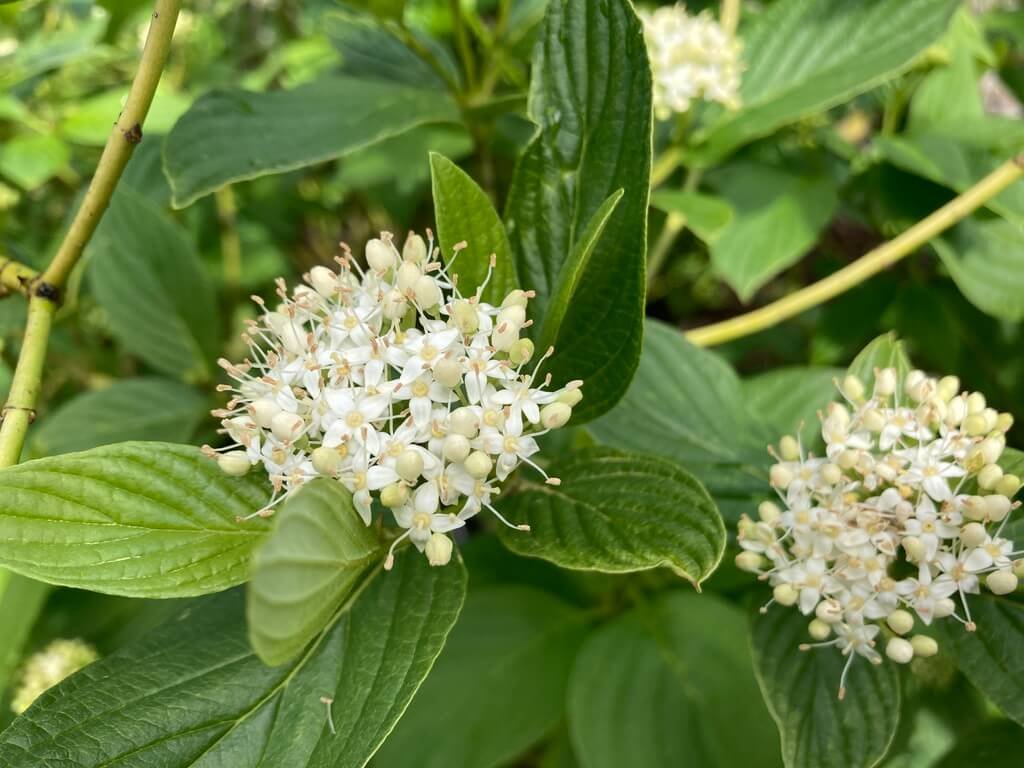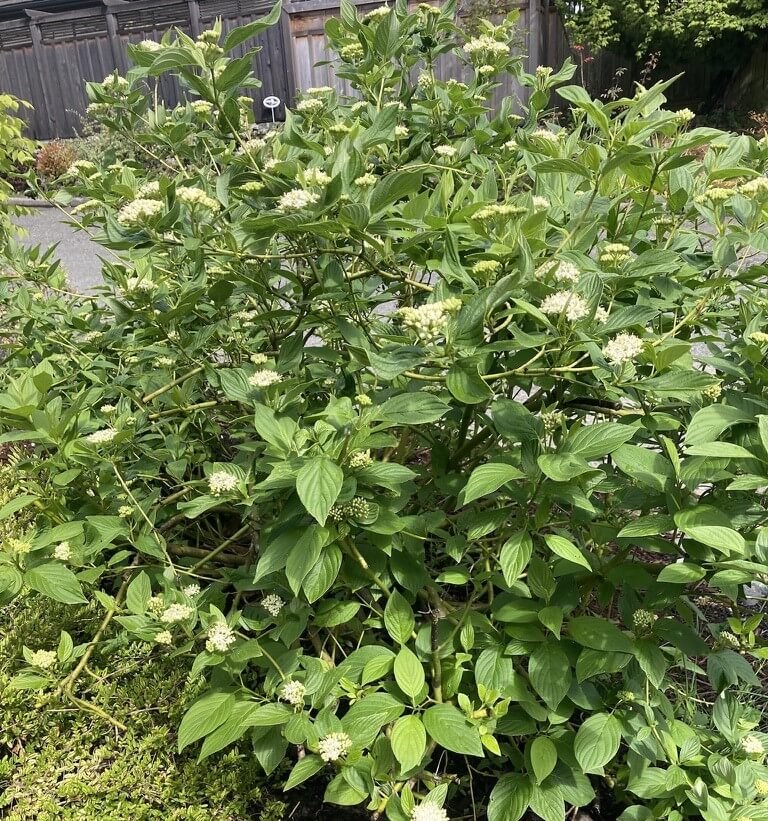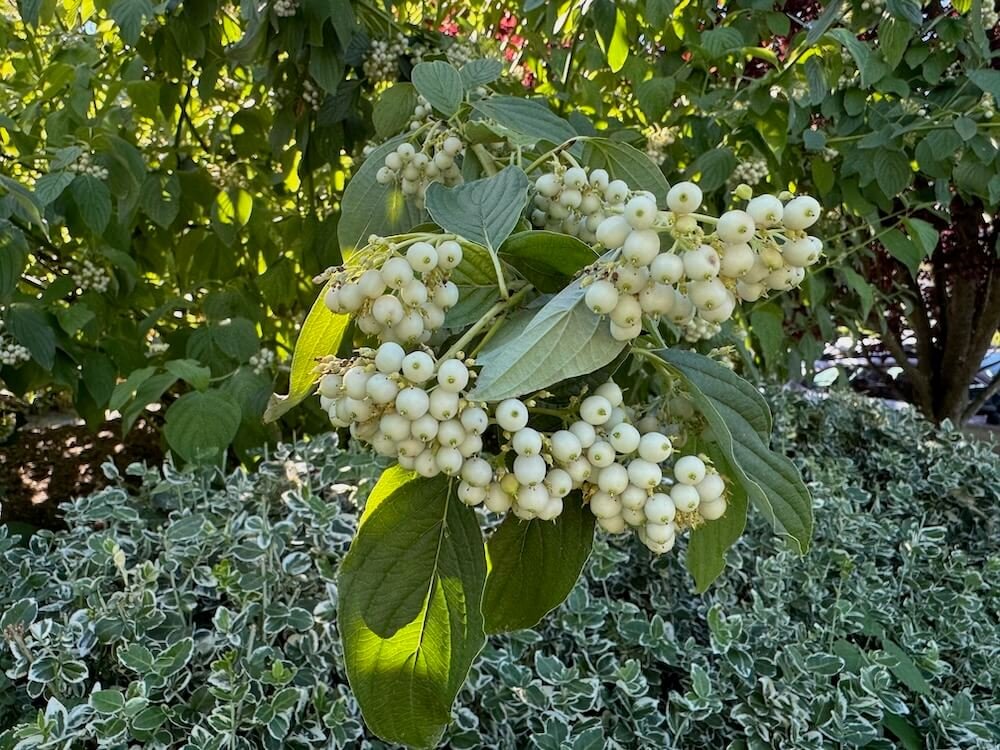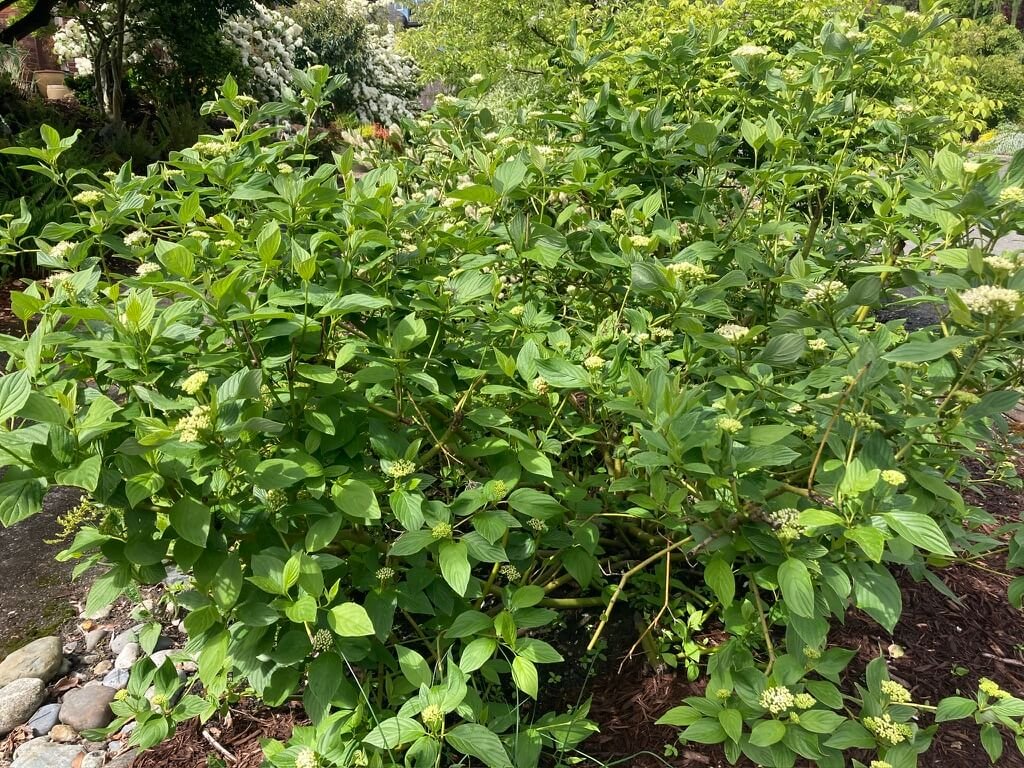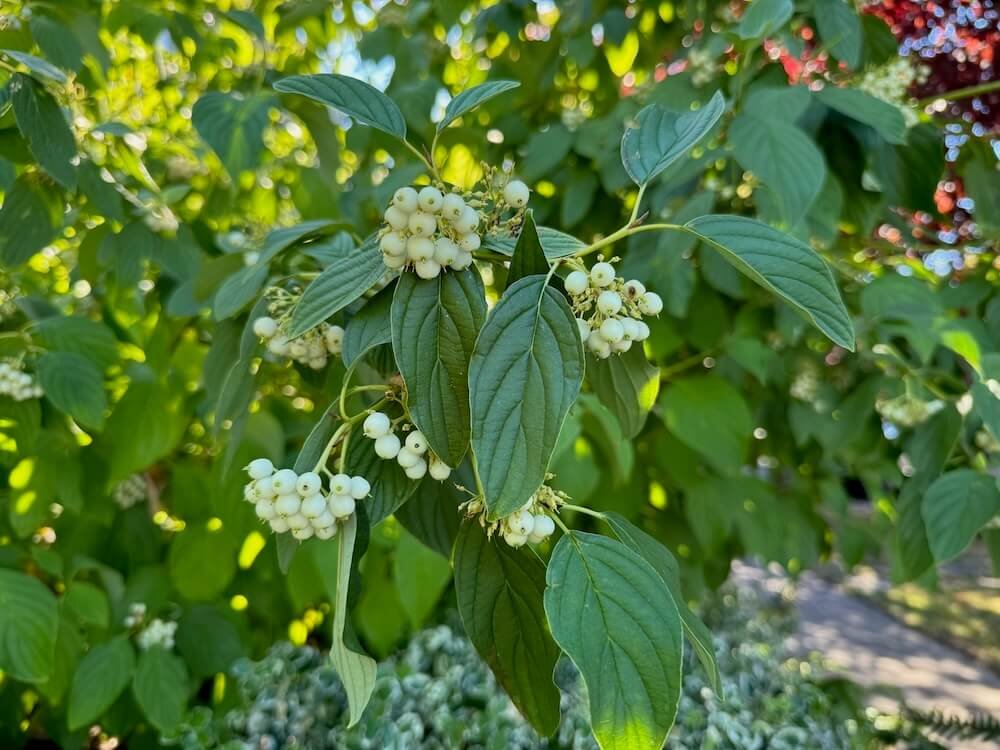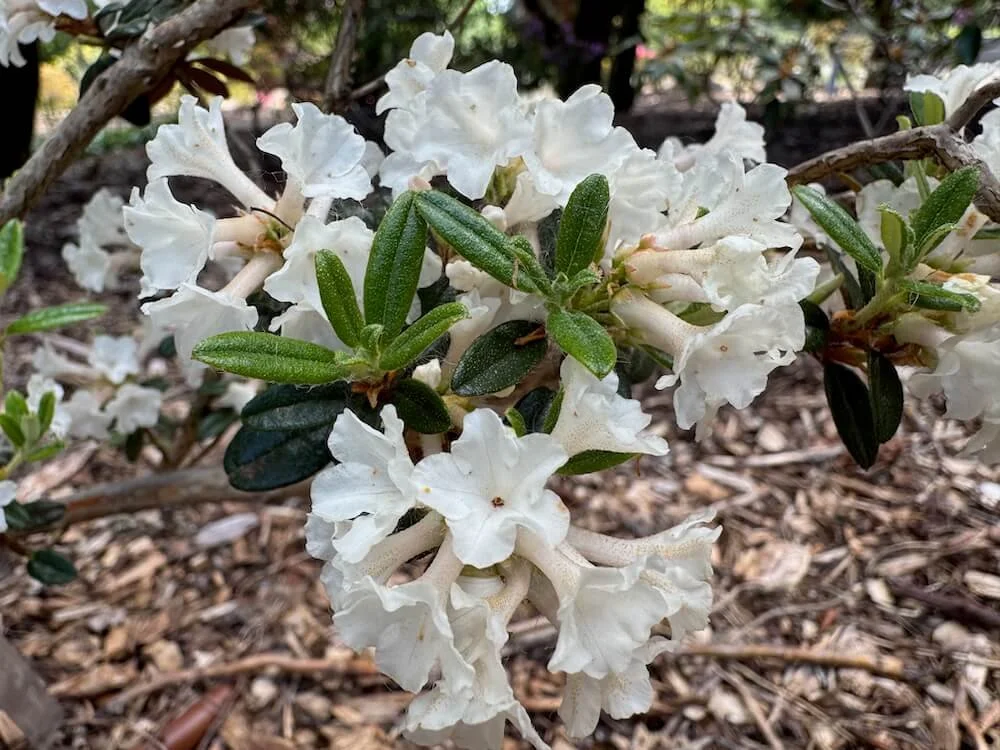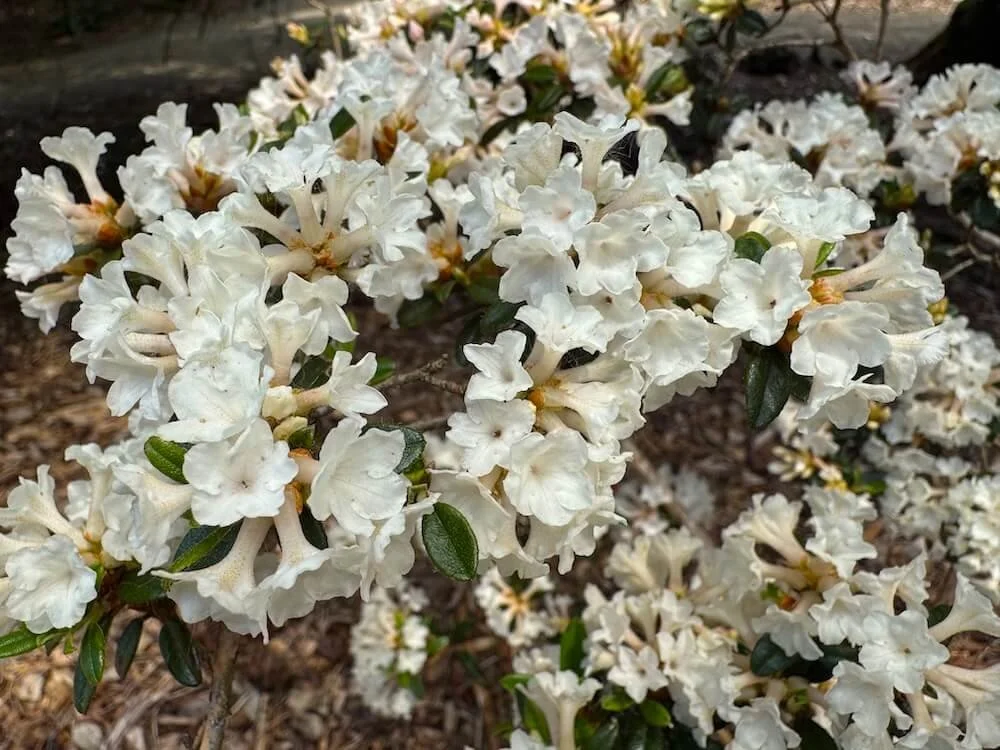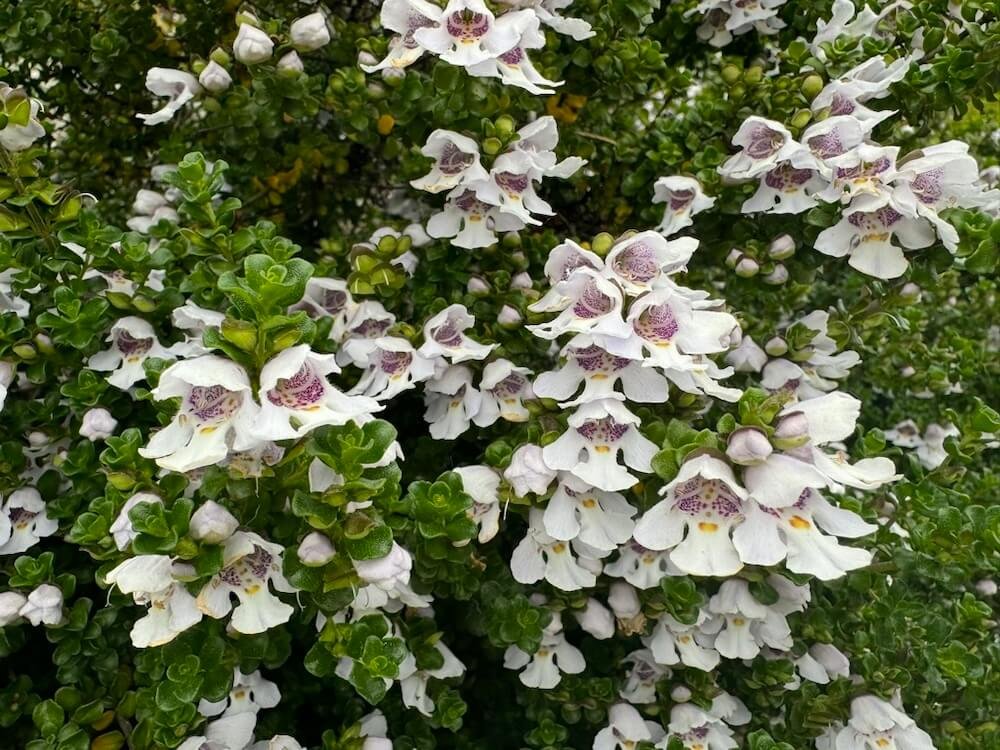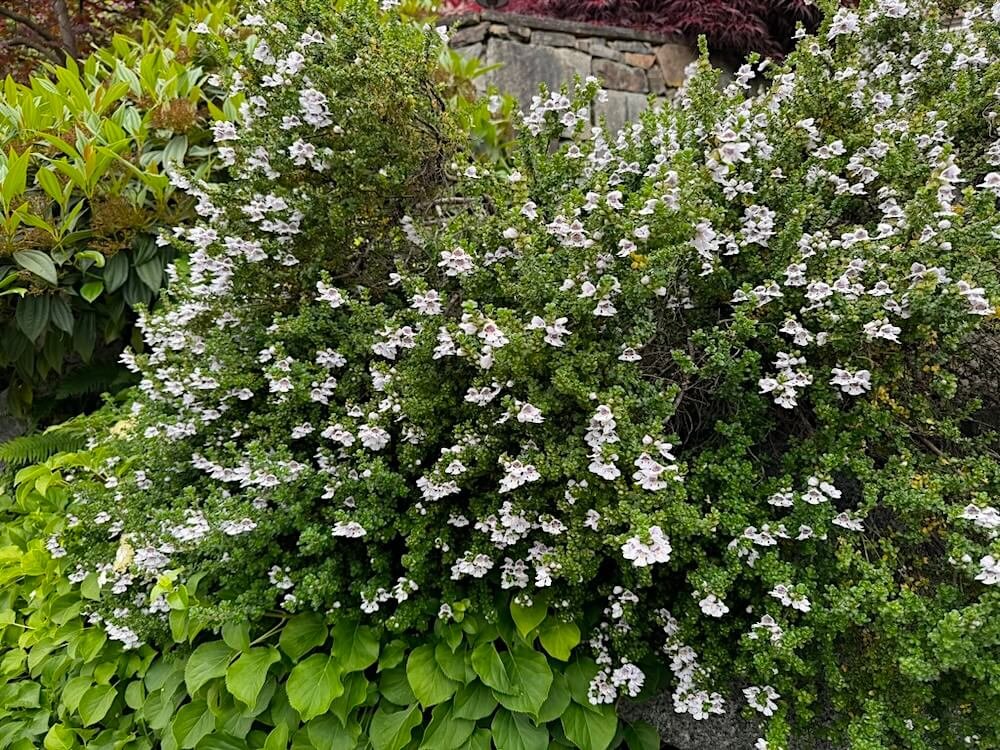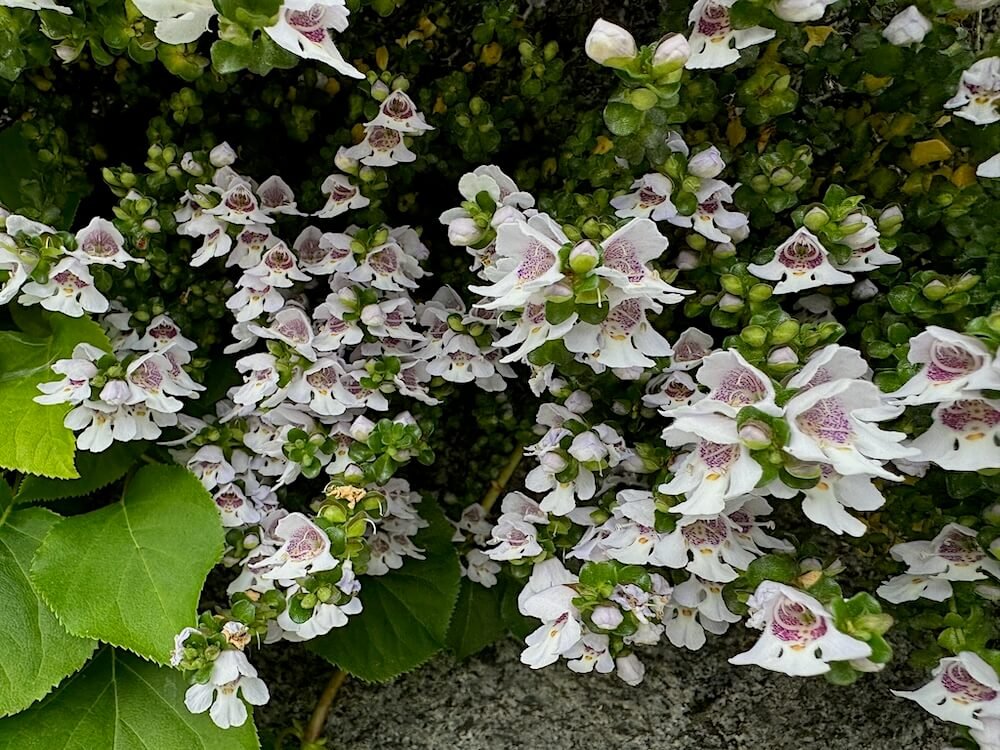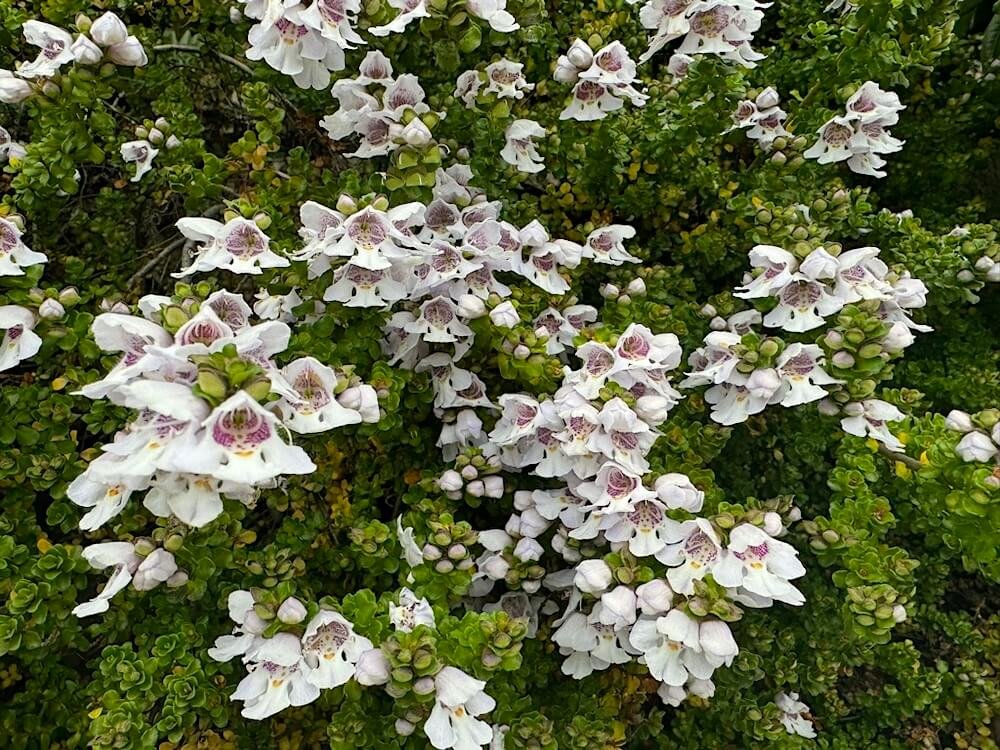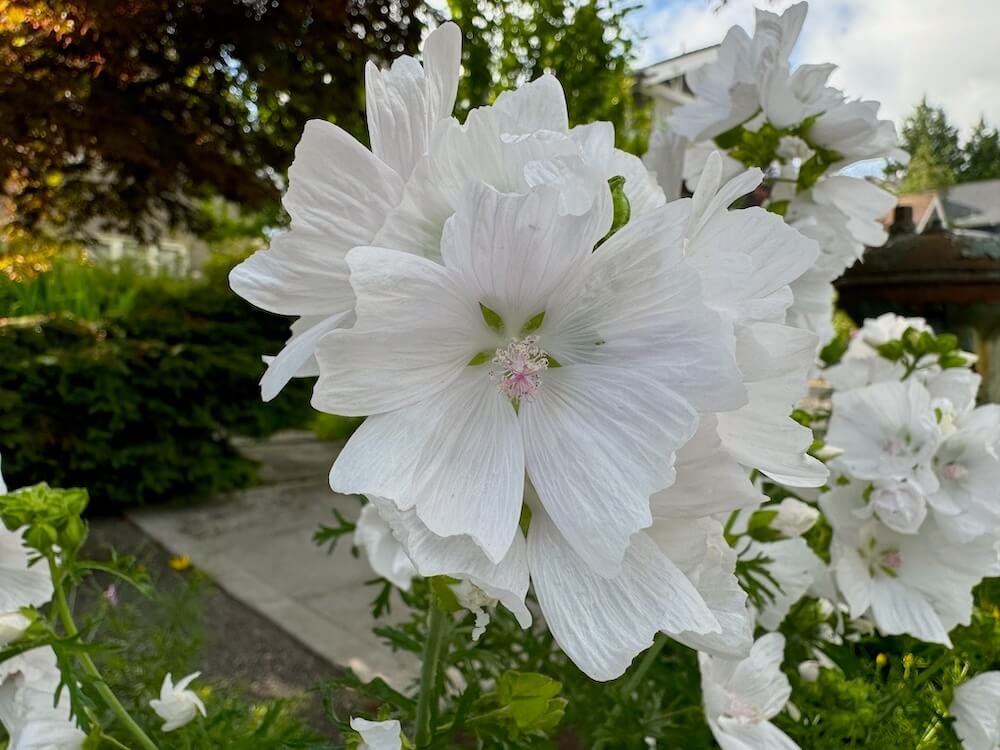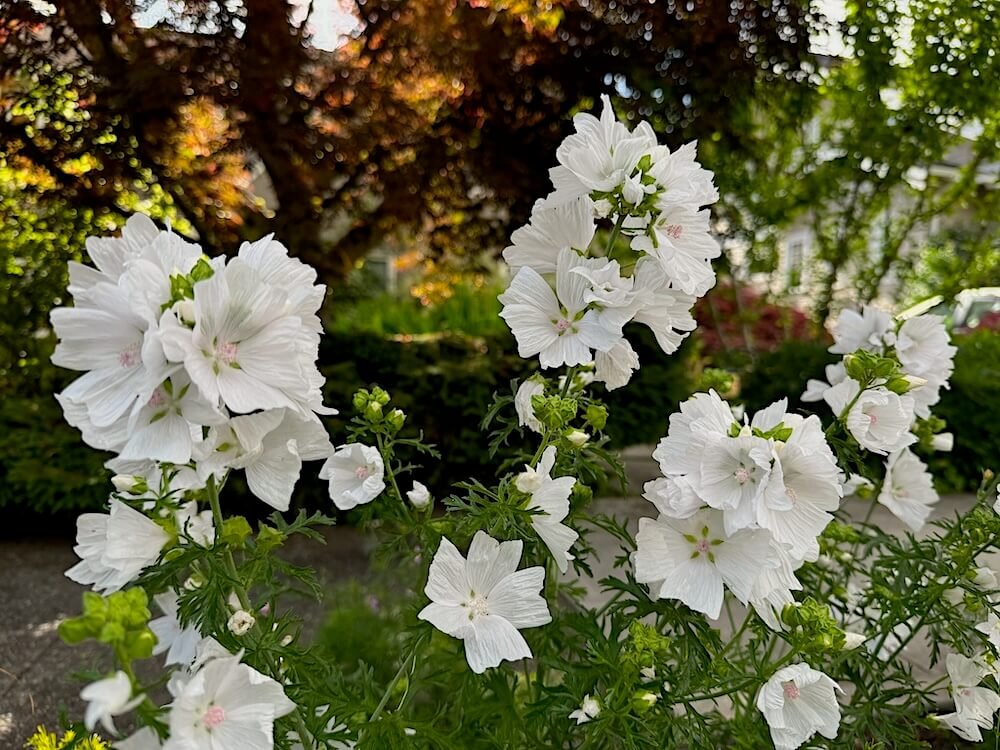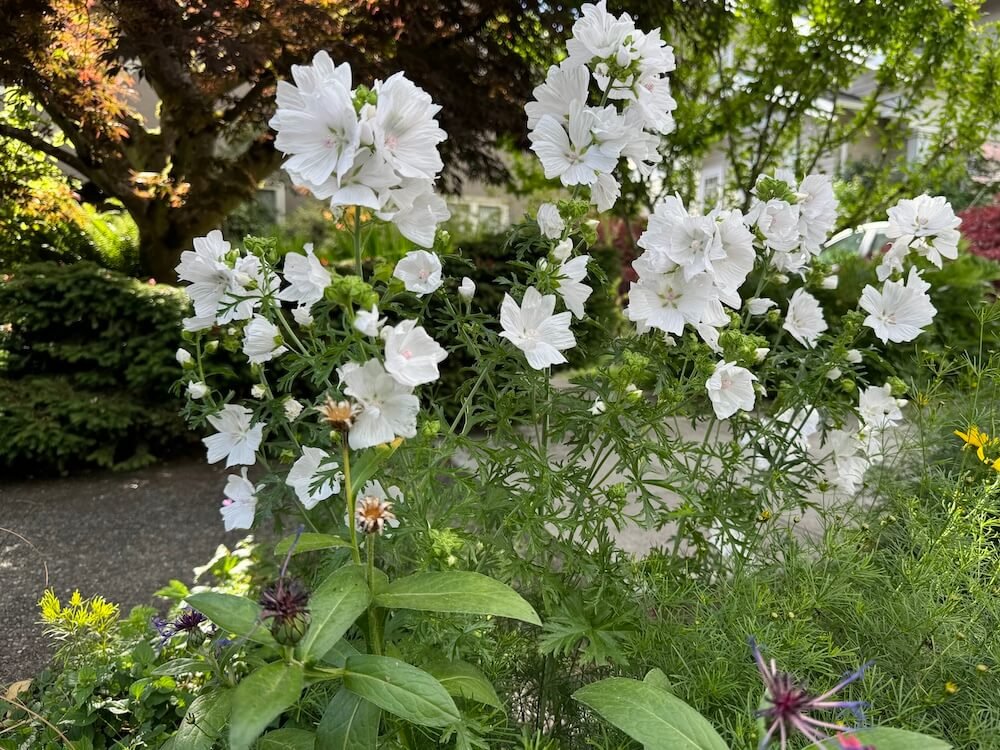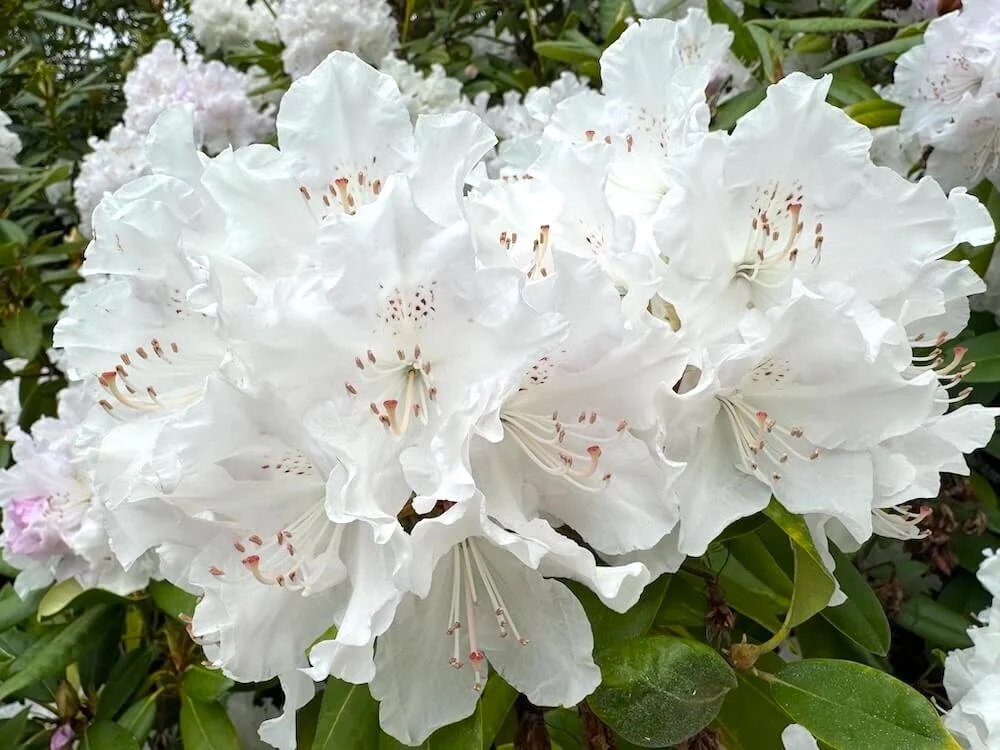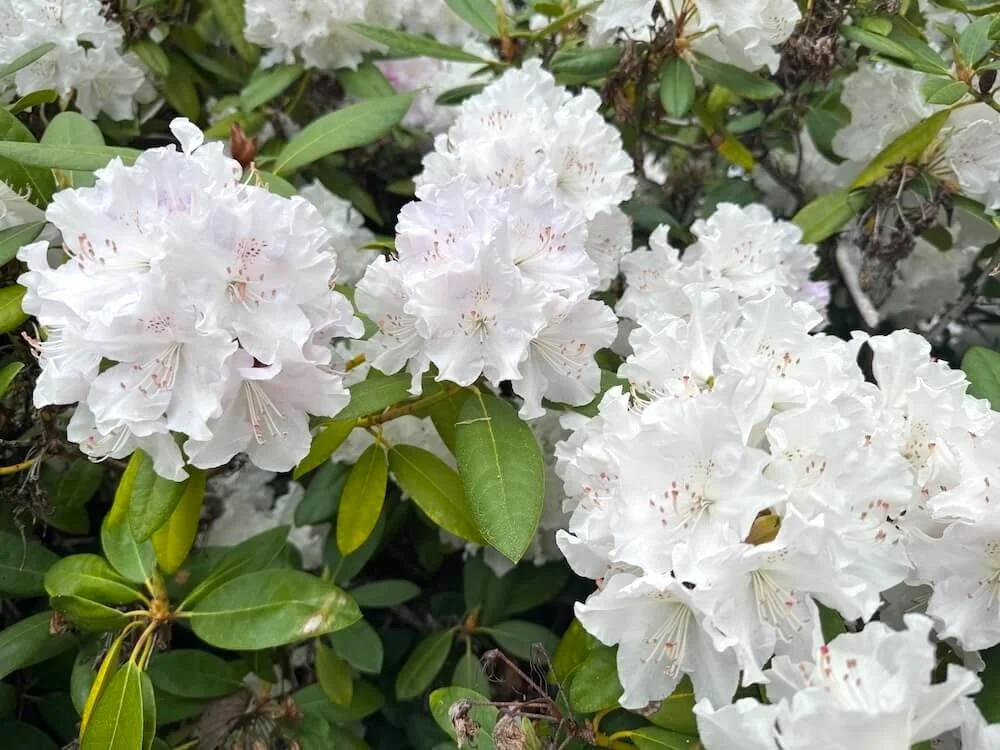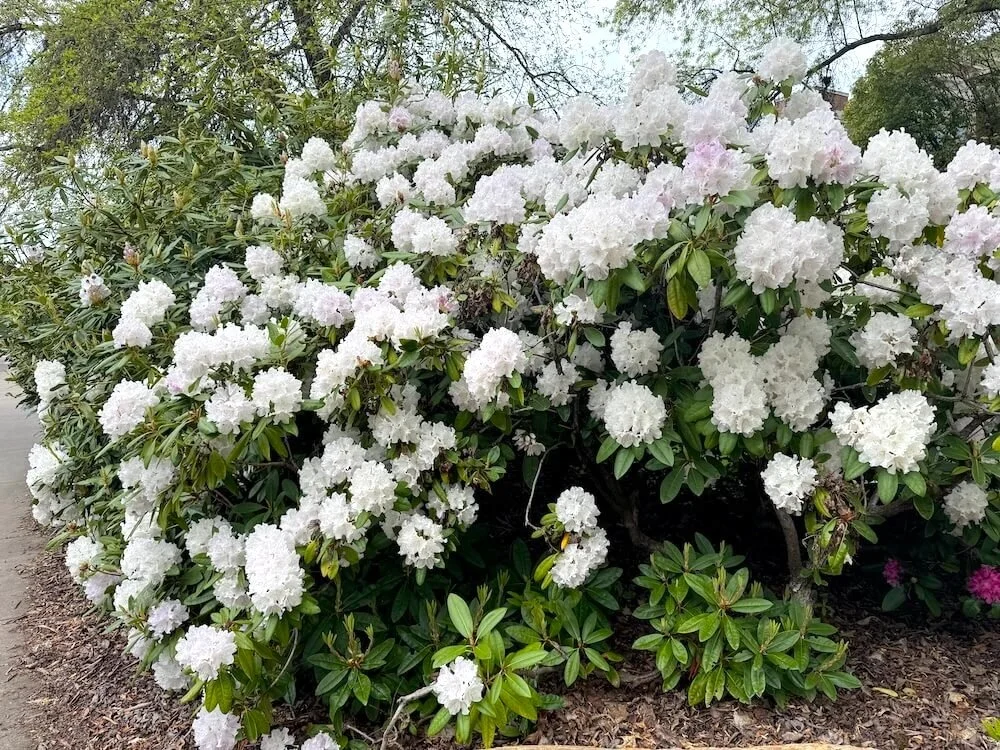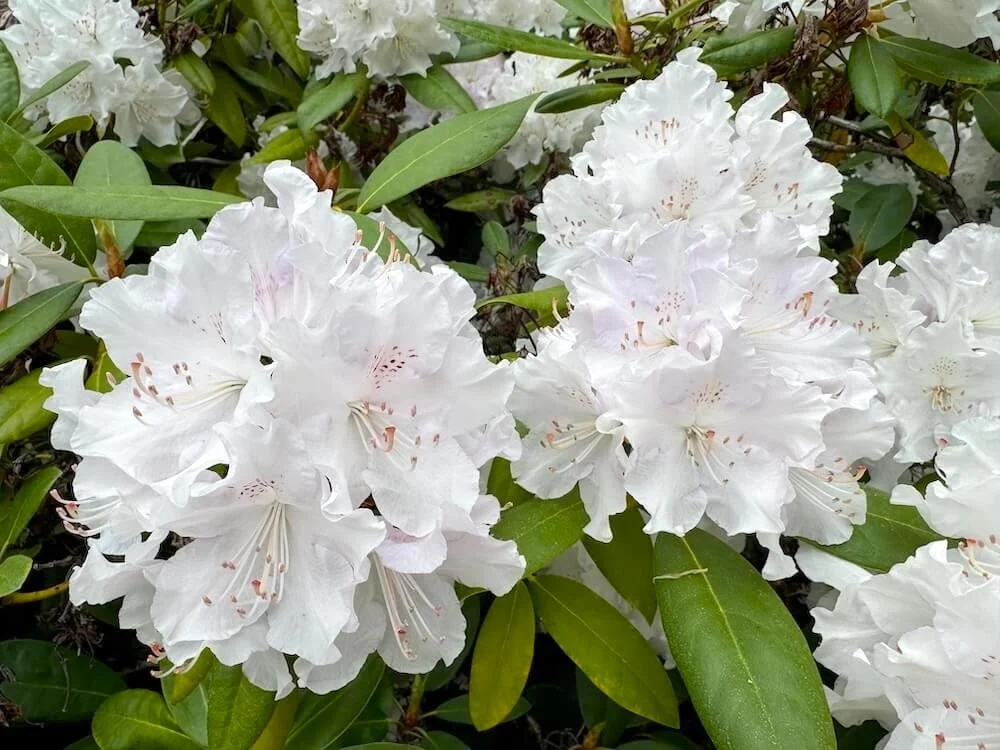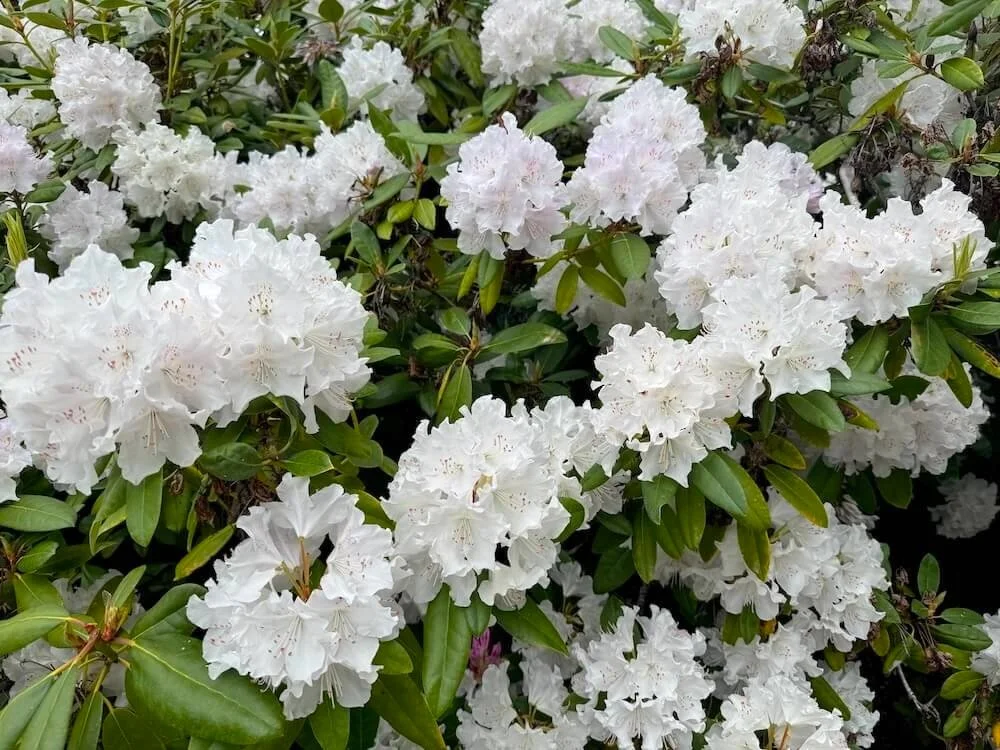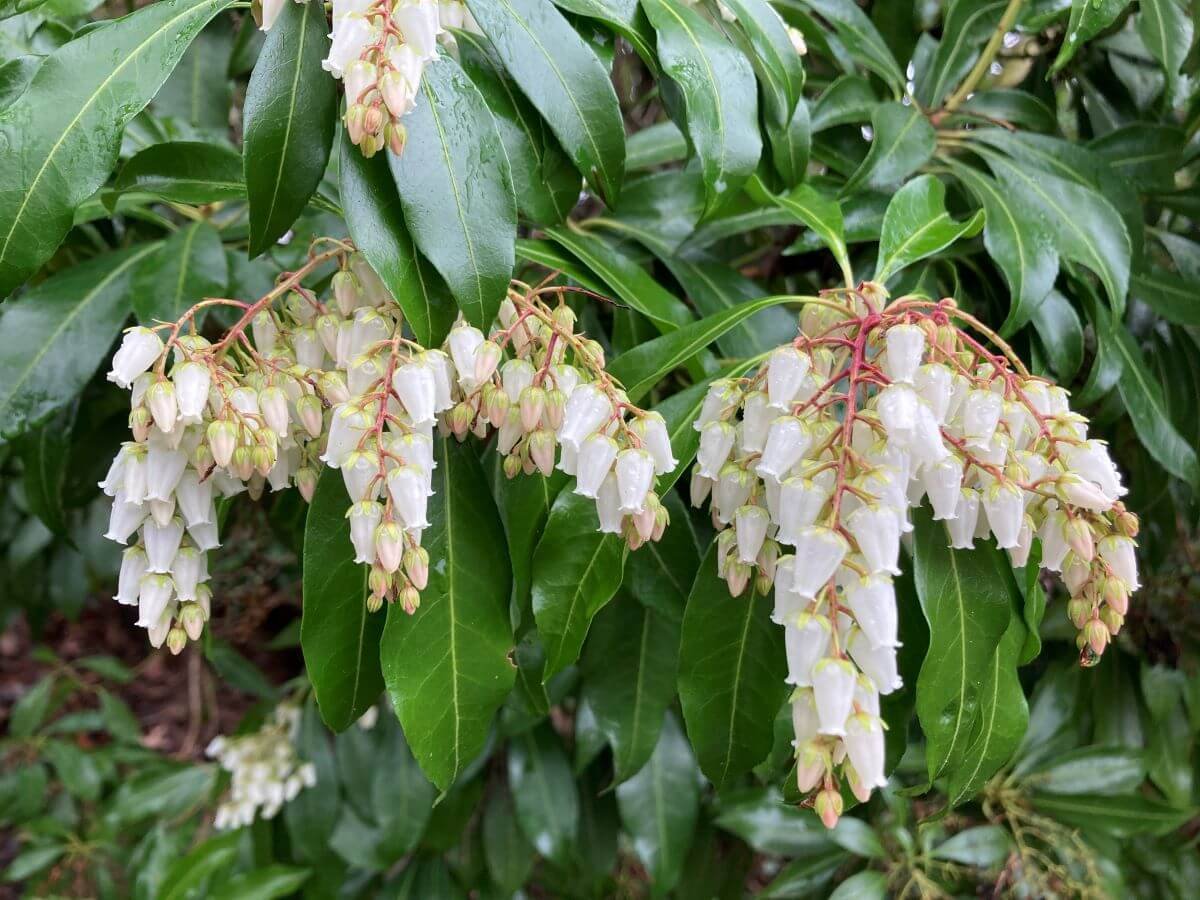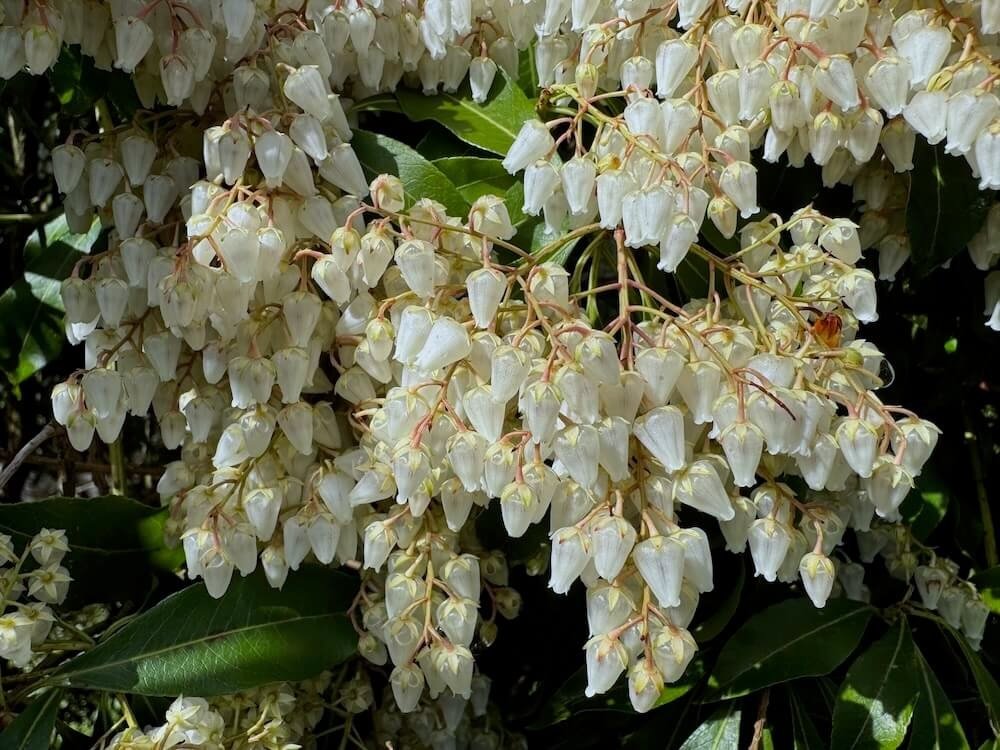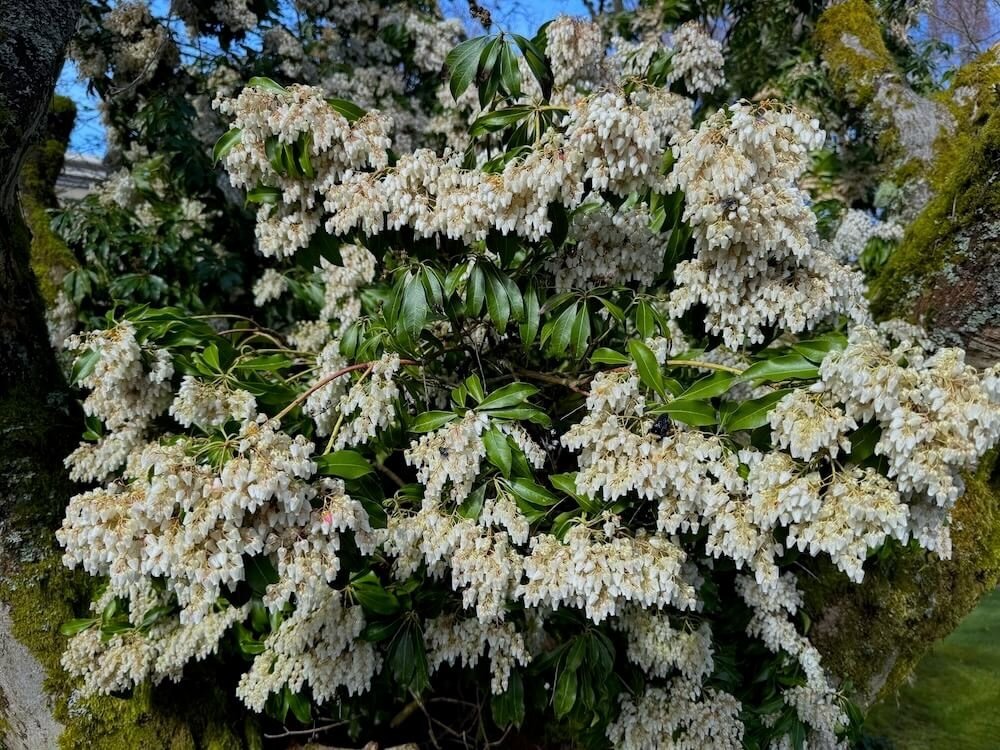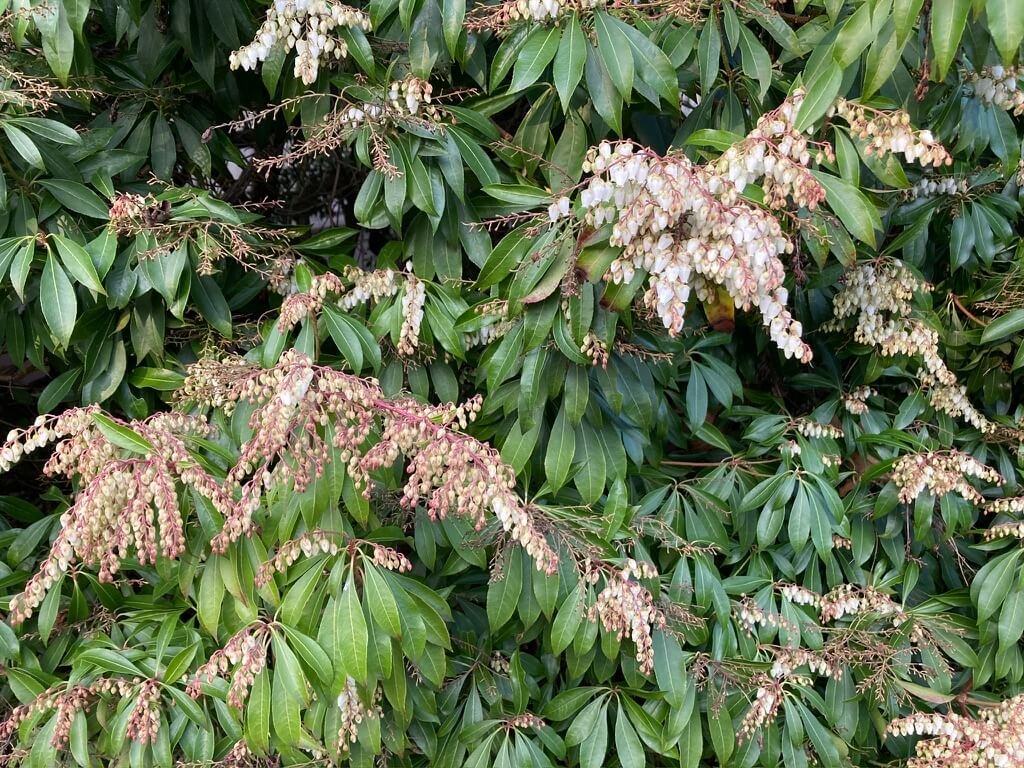DESCRIPTION
Cornus sericea 'Flaviramea', or Yellow-twig Dogwood, is a deciduous shrub native to North America, known for its vibrant yellow stems that provide winter interest when the leaves have fallen. In spring, it produces clusters of white flowers that turn into small white berries in summer, attracting birds. Its oval-shaped, medium green leaves turn shades of red and purple in the fall. Adaptable to various soil types, it prefers moist, well-draining soil and can tolerate wet conditions, often found along streams or wetlands. Thriving in full sun to part shade, this low-maintenance shrub is valuable for wildlife benefits and can be used in mass plantings, hedges, or as a specimen plant. Pruning in late winter to early spring encourages new growth with vibrant stem color.
DESCRIPTION
Cornus sericea 'Flaviramea', or Yellow-twig Dogwood, is a deciduous shrub native to North America, known for its vibrant yellow stems that provide winter interest when the leaves have fallen. In spring, it produces clusters of white flowers that turn into small white berries in summer, attracting birds. Its oval-shaped, medium green leaves turn shades of red and purple in the fall. Adaptable to various soil types, it prefers moist, well-draining soil and can tolerate wet conditions, often found along streams or wetlands. Thriving in full sun to part shade, this low-maintenance shrub is valuable for wildlife benefits and can be used in mass plantings, hedges, or as a specimen plant. Pruning in late winter to early spring encourages new growth with vibrant stem color.

